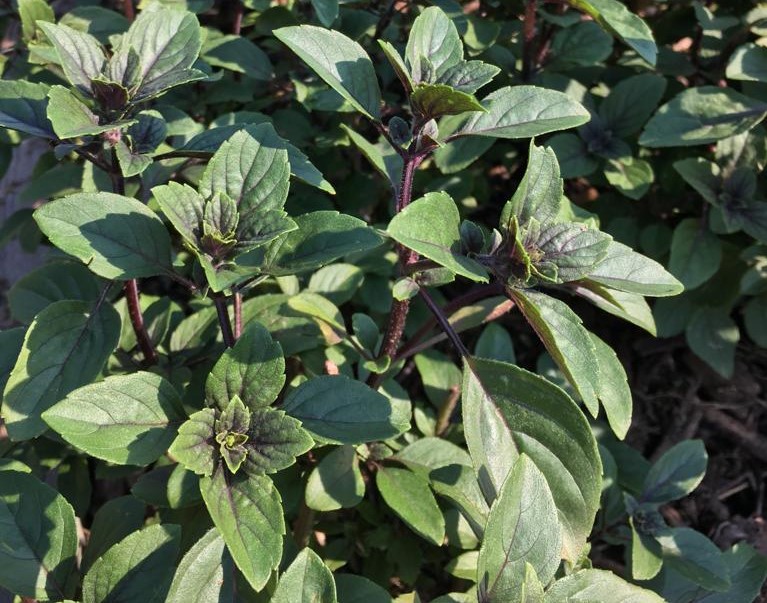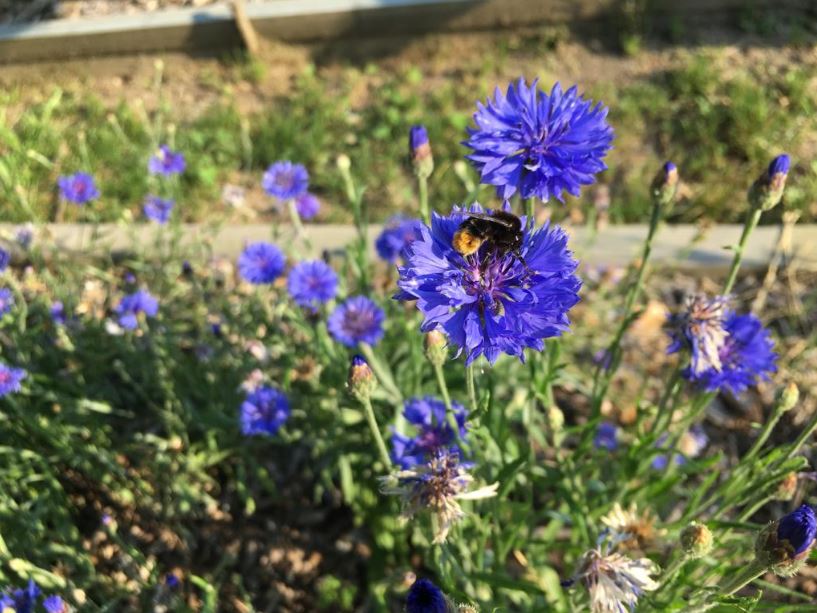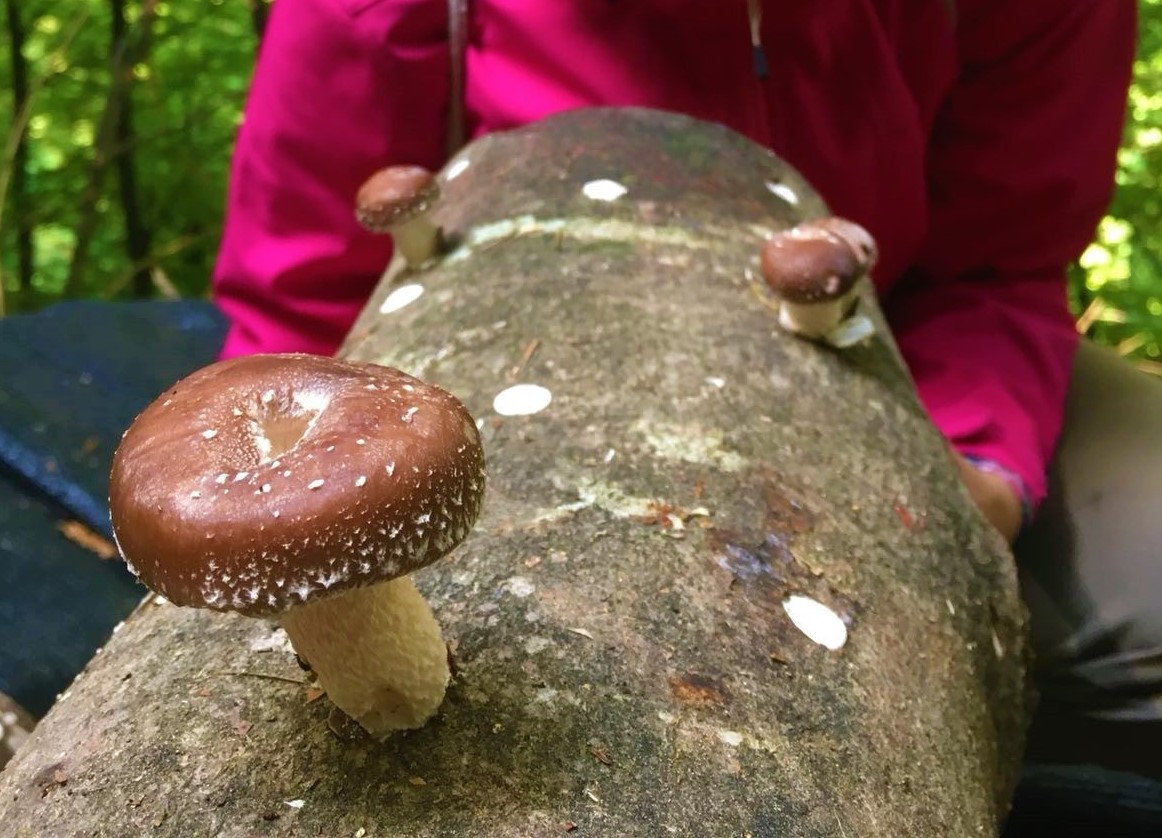By Chiara Garini
Summer is gone now and we’re heading into autumn and winter. After the first real high season as a farmer some things really stood out, in terms of what worked and what didn’t work – and the true pace of developing local markets.
Most of the aromatic herbs thrived in the permanent bed we built in the developing forest garden field.

We did manage to sell some of the produce, even though it was not easy to be certain about the expected yields, due to the large varieties we planted on small surfaces. So it was difficult to make arrangements with potential customers.

In the end, we had developed one good client: a highly regarded local restaurant called Hosteria Toblino, in Sarche, Madruzzo. The head chef is Sebastian Sartorelli (pictured below). We now deliver fresh herbs to this restaurant weekly.

Micro climatic conditions were optimal also for the vegetables we planted, therefore we are now planning to expand the production of herbs and vegetables for next season and the selling to local organic shops and restaurants as well.

Mycorrized hazelnuts are growing well and have not required too much work so far, apart from regular mowing and occasional irrigation. In the picture below, you can see the hazelnuts are the small trees inside the green plastic shelters (they are small as they were planted less than one year ago). The vegetation around the hazelnuts is alfa-alfa. In this picture we mowed the alfa-alfa only on the rows (around the small trees) and still had to mow the alfa-alfa growing in the interrows.
We are going to plant more plants this autumn.

We’ve also had some positive results with the log-grown shiitakes. Logs we inoculated the first year showed us some spontaneous fruiting and, after soaking them for 24 hours, we yielded good amounts of shiitake, cheering up our souls and our palate as well! The yield was close to what we were hoping for, which makes us more confident about our mushroom forest farming choice.

We are ready to launch the mushroom production next spring, so it is time to finalise the set-up of our forest farming system. At least, it was until I encountered an author who made me question forest farming with mushrooms….

The Blue Economy
And then, in between work, play and sleep, I started reading Gunter Pauli’s book Blue Economy. The Blue Economy “began as a project to find 100 of the best nature-inspired technologies that could affect the economies of the world, while sustainably providing basic human needs – potable water, food, jobs, and habitable shelter” according to the book’s own description.
I was becoming quite enthusiastic about the innovative entrepreneurial model Pauli advocates: competitive and sustainable businesses inspired by ecosystems to make the world a better place.
That’s until I got to the chapter about mushrooms. Pauli firmly states that log-grown shiitakes producers are rapidly destroying forests. At that point I felt personally involved! Was my own supposedly sustainable farming actually not-so-sustainable after all?

More from Letter for an Italian Agroecological farm
https://www.arc2020.eu/italy-letter-from-a-budding-agroecological-farm/






